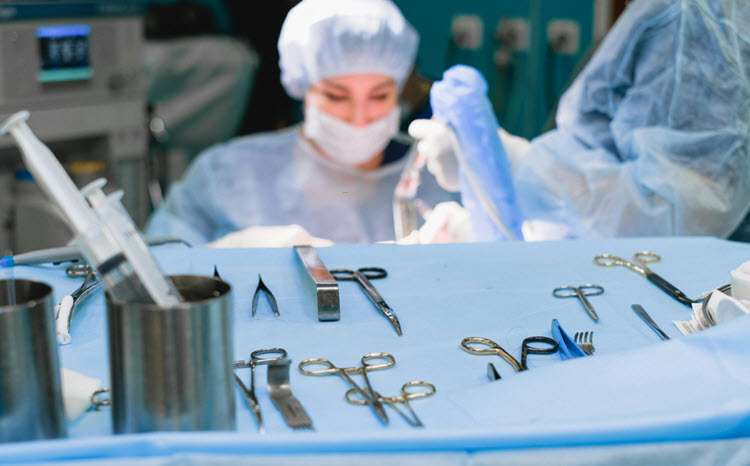ASC Series: Part 2 – Coding and Billing Basics

Image Credit: Pexels.com
ASC Billing/Coding – Basics
ASC facility billing is significantly different than physician billing. The ASC is reimbursed in a single payment for the related procedure, ancillary services, and facility fees. This includes things like nursing, drugs, biologicals, and devices (not an all-inclusive list).
Regardless of whether you are coding for the Facility or Physician, you are going to need to reference a few things first.
Each quarter, CMS releases the ASC Approved HCPCS Codes and Payment Rates. When you download the payment updates for the current quarter, you will get a zip file of the fee schedule and several appendices. For ease of selection, I have given the purpose for each appendix (below).
Often times, ASC procedures do not require pre-authorization. Though you may not have to pre-certify the procedure, you will need to cross-reference Appendices AA and EE to ensure the procedure is allowed to be performed in an ASC setting.
ASC Appendices
AA – ASC Approved CPT/HCPCS Procedure Codes
BB – ASC Approved Ancillary Services
DD1 – ASC (PI) Payment Indicators
DD2 – ASC (CI) Comment Indicators
EE – ASC Excluded CPT/HCPCS Procedure Codes
FF – ASC Device Offset Percentages
Place Of Service (POS) Code
All services, regardless of whether you are reporting the ASC facility charges or the physician service, should be reported with POS code (24).
POS (24) – Ambulatory Surgical Center
Physician ASC Billing – Basics
We’ve discussed some basic billing principles for the ASC, now let’s discuss physician billing. Physician’s will report their procedures much like they do in any other facility setting, using CPT/HCPCS codes and modifier. Modifiers reported by the ASC may be different from other CPT/HCPCS modifiers.
For example: The patient has an event PRIOR to anesthesia in the ASC. The physician may not report the service as it was discontinued before they even got started. The ASC, however, may report the service with Modifier (73), to account for facility resources used up to the point the procedure was discontinued. If the procedure is discontinued AFTER anesthesia, the ASC will append Modifier (74).
However, the physician may report a discontinued procedure using Modifier (53) after anesthesia was initiated and the procedure started.
Note that using these modifiers will throw your claim into automatic review. Be prepared to submit documentation to determine the level of reimbursement for the portion completed. This is paid at the payer’s discretion.
ASC Approved Modifiers (Outpatient Hospital Use Only)
These modifiers are not to be used when reporting the professional service. They are reserved for facility use only.
Modifier (27) – Multiple outpatient hospital evaluation and management (E/M) services on the same date
Modifier (73) – Discontinued outpatient/hospital ambulatory surgical center (ASC) procedure prior to the administration of anesthesia.
Modifier (74) – Discontinued outpatient hospital/ambulatory surgical center (ASC) procedure after administration of anesthesia.
Documentation Requirements
The documentation requirements for operative report elements recommended by the Centers for Medicare & Medicaid Services (CMS) and the Joint Commission (JHCO) are also applicable in the Ambulatory Surgical Center (ASC) setting. The primary surgeon is responsible for accurately documenting the operative report.
Resources
Novitas Provider Specialty: Ambulatory Surgical Center
CMS: 2025 ASC Approved HCPCS Code and Payment Rates – Updated 12/27/2024